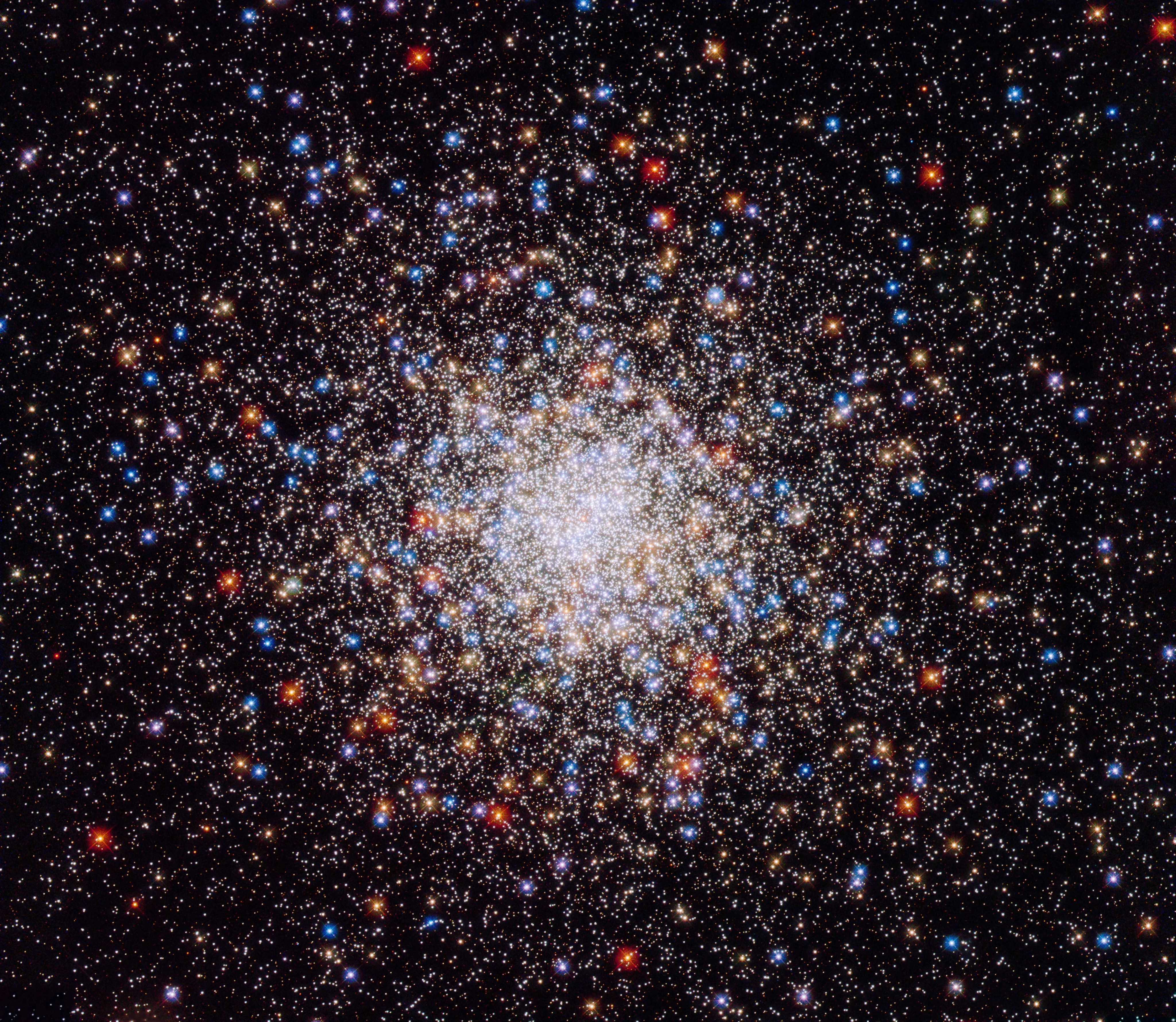Caldwell 78
This beautiful globular cluster is best seen from equatorial latitudes.
Distance
22,000 light-years
Apparent Magnitude
6.3
constellation
Corona Australis
object type
Globular Cluster

The globular star cluster Caldwell 78, also known as NGC 6541, was first observed in the year 1826. The Italian astronomer Niccolò Cacciatore and the Scottish astronomer James Dunlop discovered the cluster independently within just a few months of each other.
C78 is best observed from equatorial latitudes in the Northern Hemisphere during the summer and from the Southern Hemisphere during the winter. The cluster has an apparent magnitude of 6.3 and is located in the constellation Corona Australis, roughly 22,000 light-years from Earth. The cluster can be spotted with binoculars, but will dazzle in a small telescope. A larger telescope will resolve some of the cluster’s individual stars.
Traditionally, astronomers believed that globular clusters were made up of stars that have both similar ages and similar chemical abundances. However, recent studies suggest that this simplistic view is not always true. It seems as though many globular clusters contain stars with different chemical abundances relative to one another (or “multiple populations”), suggesting the stars formed at different times.
This image of C78 is a composite of observations taken in visible and ultraviolet light by Hubble’s Wide Field Camera 3. These observations were made to better characterize the cluster’s stellar populations.

Glossary
Apparent Magnitude - The brightness of an astronomical object as seen from Earth, influenced by the object's distance from Earth, its absolute magnitude, and even gas and dust that lie between the object and Earth.
Globular Cluster - A spherical group of stars that are gravitationally bound to each other, with most of the stars concentrated at the cluster’s center.
Explore Hubble's Caldwell Catalog
The following pages contain some of Hubble’s best images of Caldwell objects.

Caldwell 1
Also known as NGC 188, this group of stars formed from a large cloud of gas making the stars roughly…

Caldwell 2
This shell of gas is expanding outward, away from the dying star within.

Caldwell 3
This barred spiral galaxy was first spotted by British astronomer William Herschel in April 1793 in the constellation Draco.




